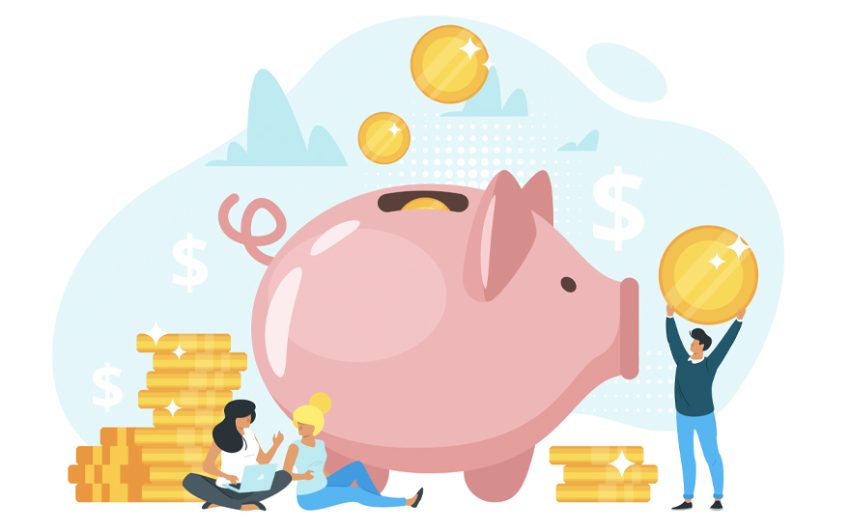Having some money saved is always a great idea. It can be there to smooth out any unforeseen financial bumps that come up in your life. And in the worst case, like when a pandemic turns the world upside down, you’ll be especially glad it’s there.
How much savings is enough? One traditional rule of thumb for savings is to put away the equivalent of six months of expenses. But as we’ve seen this year, this may not be enough. Through no fault of your own, your income can suddenly come to a grinding halt for an extended period of time.
So, while six months of expenses is good, having a targeted goal of saving more than that is even better. But how much is enough?
It makes sense that savings rates are dependent on income. If you earn enough to pay for essentials, any extra income can go to savings. And the more you make, the more you’ll be able to save. According to the Bureau of Economic Analysis, the average personal saving rate in the U.S. is 14.1 percent.
Use this as a starting point to set your own goal. Then double-check that it’s realistic by making an “upside-down” budget. Start with your savings goal, and then fill in your budget. Allot your spending only with funds that you have available after saving. If you make savings a priority, you’ll only spend what’s left over.
Or, consider using the 50/30/20 approach to categorize your expenses as:
- Needs – necessities like housing, groceries, health care, minimum debt payments, etc. These should consume 50% of your net income after taxes.
- Wants – nice-to-haves like entertainment, vacations, gym memberships, etc. This should consume no more than 30% of your net income.
- Savings – money put aside for the future and/or unexpected expenses. This should equal 20% of your net income.
Don’t want to get that detailed? You can also categorize your expenses into 80–20 buckets. The 80% includes all of your spending, and the 20% goes towards savings.
You can also implement the simple 30-day Rule in your household. When you’re drawn to making an impulse buy (for something that would fall into the “Wants” category above), walk away. Deposit the money in your savings account instead. Then wait 30 days. If, a month later, you still want the item and feel good about the purchase, then go for it! But don’t be surprised if that higher savings account balance feels even better.
There are myriad approaches to budgeting and building savings. The key is finding what works best for you based on your individual circumstances. To help you get started, visit the Consumer Financial Protection Bureau website, which offers many tools and guides based on a variety of savings goals. Visit https://www.consumerfinance.gov/start-small-save-up/start-saving to learn more.
Before you know it, you’ll have built yourself a financial buffer that can protect you from whatever life throws your way.
Form TRN00023; Rev. 12-2020
This article is for informational purposes only, you should not construe any information provided as legal, tax, investment, or financial advice. No reader should make any investment decision without first consulting his or her own financial advisor and conducting his or her own research and due diligence.


